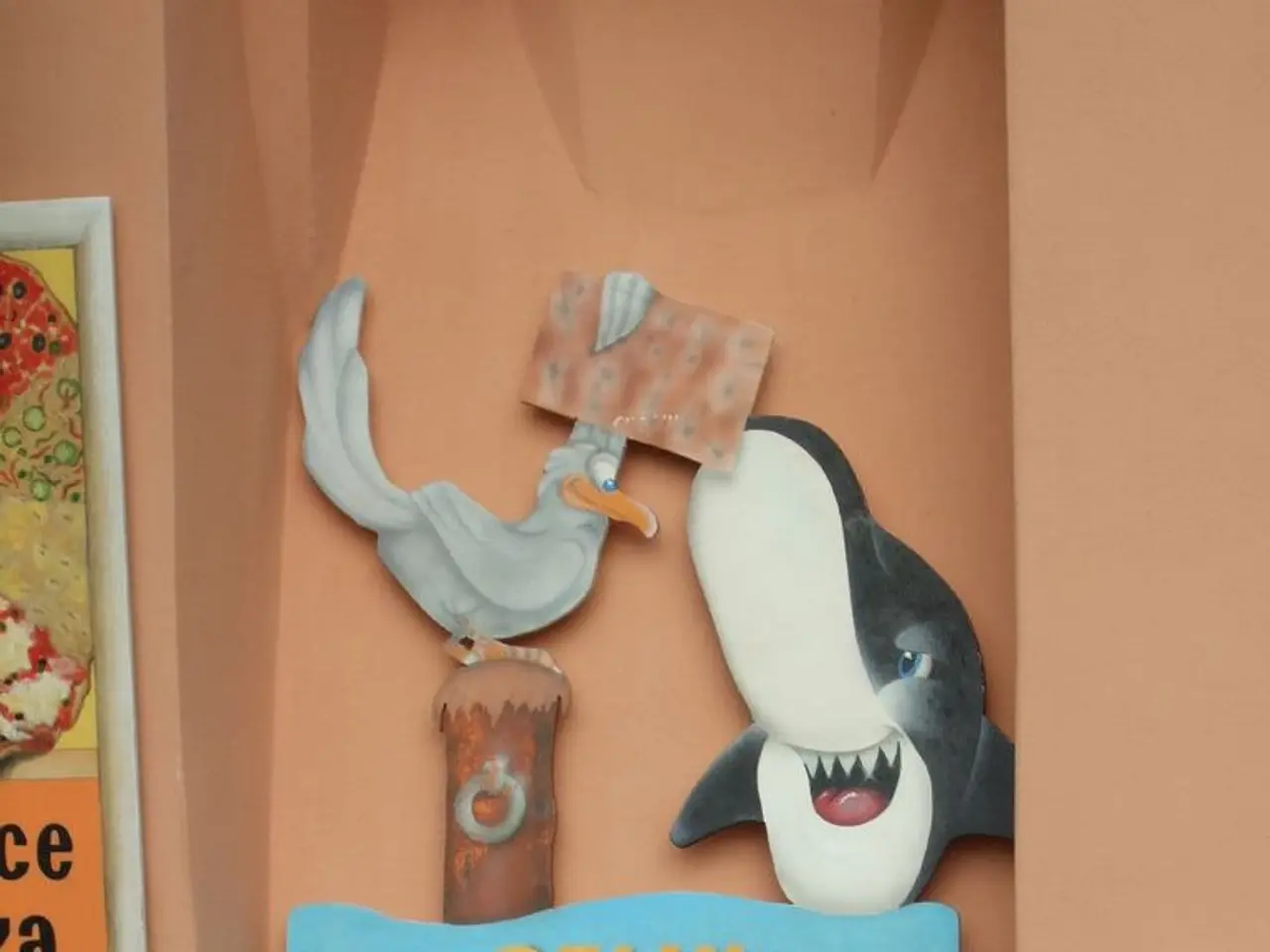New Zealand's National Emblem under Threat: The Kiwi
New Zealand's Kiwi Conservation: A Collaborative Effort
The kiwi, New Zealand's national symbol, is more than just a flightless bird. It serves as a barometer of the country's commitment to its natural heritage and a symbol of the nation's spirit. However, the survival of the kiwi is a challenge, one that requires a collaborative effort from various stakeholders.
Community and kiwi-led initiatives have been instrumental in boosting the population of certain kiwi species. For instance, the rediscovery of the little spotted kiwi, or kiwi pukupuku, on the West Coast has brought new hope for conservation efforts.
The use of predator-free sanctuaries has been crucial for the survival of the kiwi pukupuku, which was thought to exist only in predator-free areas or offshore islands. Efforts to create safe habitats away from introduced predators are essential for the species' survival.
Technology plays a role in conservation efforts, with the Department of Conservation (DOC) employing acoustic recorders to monitor kiwi movements and detect potential populations in wilderness areas.
Breeding programs are also part of the conservation strategy. Facilities such as Kiwi Park in Queenstown and the West Coast Wildlife Centre are involved in kiwi breeding programs to increase populations and ensure genetic diversity.
Despite these efforts, challenges persist. Predation by introduced species such as rats, cats, and dogs remains a significant threat to kiwi survival, particularly in mainland habitats. Ensuring safe habitats without predators is a constant challenge that requires constant vigilance and control measures.
Maintaining genetic diversity is crucial for the long-term survival of kiwi species, especially for those with limited populations like the kiwi pukupuku. Sustainability of conservation efforts is also a concern, requiring continued support from communities and funding agencies.
The kiwi is not just a symbol of New Zealand; it is an integral part of the country's unique ecosystems. The importance of the kiwi is being instilled in children through education in schools, fostering a sense of stewardship from an early age. Community involvement in kiwi conservation is growing, with people from various backgrounds joining efforts to protect this national symbol.
[1] Department of Conservation. (n.d.). Kiwi pukupuku. Retrieved from https://www.doc.govt.nz/nature/native-animals/birds/kiwi/kiwi-pukupuku/
[2] Ministry for the Environment. (2020). Kiwi conservation. Retrieved from https://www.mfe.govt.nz/publications/plants-and-animals/kiwi-conservation
[3] Kiwi Conservation Club. (n.d.). Kiwi Park. Retrieved from https://www.kiwiconservation.org/kiwi-park
[4] West Coast Wildlife Centre. (n.d.). Our work. Retrieved from https://www.westcoastwildlifecentre.org.nz/our-work
[5] New Zealand Herald. (2021, August 19). Kiwi pukupuku: How the little spotted kiwi was rediscovered. Retrieved from https://www.nzherald.co.nz/nz/kiwi-pukupuku-how-the-little-spotted-kiwi-was-rediscovered/KYLH2JF763NHFHG3XP4HJ7O26Q/





